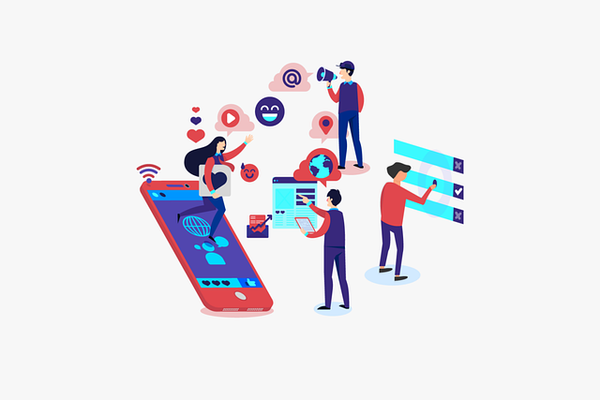How young people navigate the age of disinformation

According to Tufekci, social media and digital news outlets have an abundance of information, but this has made distinguishing between real and fake news harder for the younger generation. “There is a lot of interesting information on YouTube, but if you research a topic there that you don’t already have a substantive amount of knowledge [on], there is also an enormous amount of misleading, fraudulent, fake but very attractive and well-designed material.”
Tufekci emphasised how understanding the algorithm of sites like YouTube can help combat disinformation. “I think it is really useful to empower young people on what this layout means. That these sites such as YouTube are designed to keep us there with the recommendations. They are not there to get you to your answer and help you log off. It is not a place you can get to where you need to get to unless you have substantive knowledge already.”
But how can this be counteracted and reliable sources found? Tufekci suggests educators can help young people achieve a deeper understanding of the Internet and its algorithms by taking away the emphasis on finding the correct answer. Rather, the emphasis should be on how the Internet generates its information. “What I have found most useful is, instead of giving abstract instructions, I would sit down with them and ask them to do the research and we would learn how to navigate this maze together.”
Watch the full keynote speech by Zeynep Tufekci (32.33 to 01.18).
